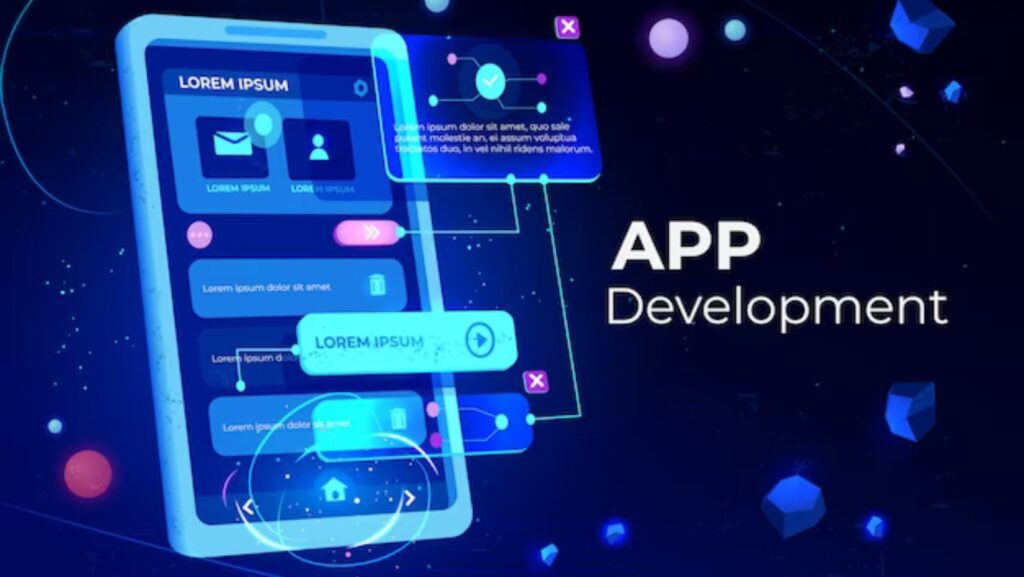App Development
As an experienced blogger, I can confidently delve into the world of app development. App development is a complex and ever-evolving field that requires a blend of creativity, technical skills, and strategic thinking. Whether you’re a seasoned developer or someone curious about creating their first app, understanding the ins and outs of app development is crucial in today’s digital landscape.
When it comes to app development, staying updated with the latest trends and technologies is key. From design principles to coding languages, there’s a wide range of factors that contribute to the success of an app. As I explore the nuances of app development, I’ll share valuable insights on how to navigate this dynamic industry and create apps that stand out in a crowded marketplace.
Join me on this journey as we unravel the intricacies of app development together. From ideation to deployment, we’ll uncover best practices, common challenges, and innovative strategies that can elevate your app development process. By embracing continuous learning and adaptation, we can unlock the full potential of our app ideas and bring them to life in impactful ways.

Understanding the Basics of App Development
When diving into the realm of app development, grasping the fundamental concepts sets a sturdy foundation for success. It’s essential to comprehend that app development involves creating software applications specifically designed to run on mobile devices like smartphones and tablets. These applications can serve various purposes, from entertainment and social networking to productivity and e-commerce.
One key aspect of app development is choosing the right platform for your project. Whether it’s iOS, Android, or cross-platform development, each option has its strengths and weaknesses. For instance, iOS apps are typically known for their sleek design and high security standards, while Android offers more flexibility in customization and a larger user base. Cross-platform development tools like React Native or Flutter enable developers to write code once and deploy it across multiple platforms.
Understanding the programming languages used in app development is crucial. Languages such as Java, Kotlin, Swift, or JavaScript are commonly employed depending on the platform chosen. Each language has its syntax, features, and best use cases. Moreover, familiarity with integrated development environments (IDEs) like Xcode for iOS or Android Studio for Android streamlines the coding process by providing essential tools and debugging capabilities.
Furthermore, grasping basic UI/UX principles enhances user engagement and satisfaction with your app. A well-designed user interface coupled with intuitive navigation not only attracts users but also retains them. Consider factors like responsiveness across different screen sizes, accessibility features for all users, and consistent branding elements throughout the application.
In essence, delving into the basics of app development unveils a world of creativity intertwined with technical expertise. By mastering these foundational elements—from platform selection to programming languages to design principles—you pave the way for crafting innovative apps that resonate with users worldwide.

Choosing the Right Platform for Your App
When diving into the realm of app development, one crucial decision to make is choosing the RIGHT platform. This choice can significantly impact your app’s success. Before making a decision, consider these key factors:
1. Define Your Target Audience: Understanding who will be using your app is paramount. Different platforms cater to different demographics. For example, iOS devices are popular among users in more affluent markets, while Android has a broader reach globally.
2. Consider App Functionality: The features and functions of your app play a vital role in platform selection. Some platforms may offer better support for certain functionalities or integrations than others.
3. Evaluate Development Costs and Time: Each platform has its own development requirements and costs associated with them. Consider factors such as programming languages, design elements, and maintenance needs when deciding on a platform.
4. Analyze Market Share and Trends: Research current market trends and analyze the market share of various platforms to see where your app might gain the most traction.
In today’s diverse tech landscape, opting for a single-platform approach may limit your app’s potential reach. Considering cross-platform development tools like React Native or Flutter can help you target multiple platforms simultaneously while reducing development time and costs.


